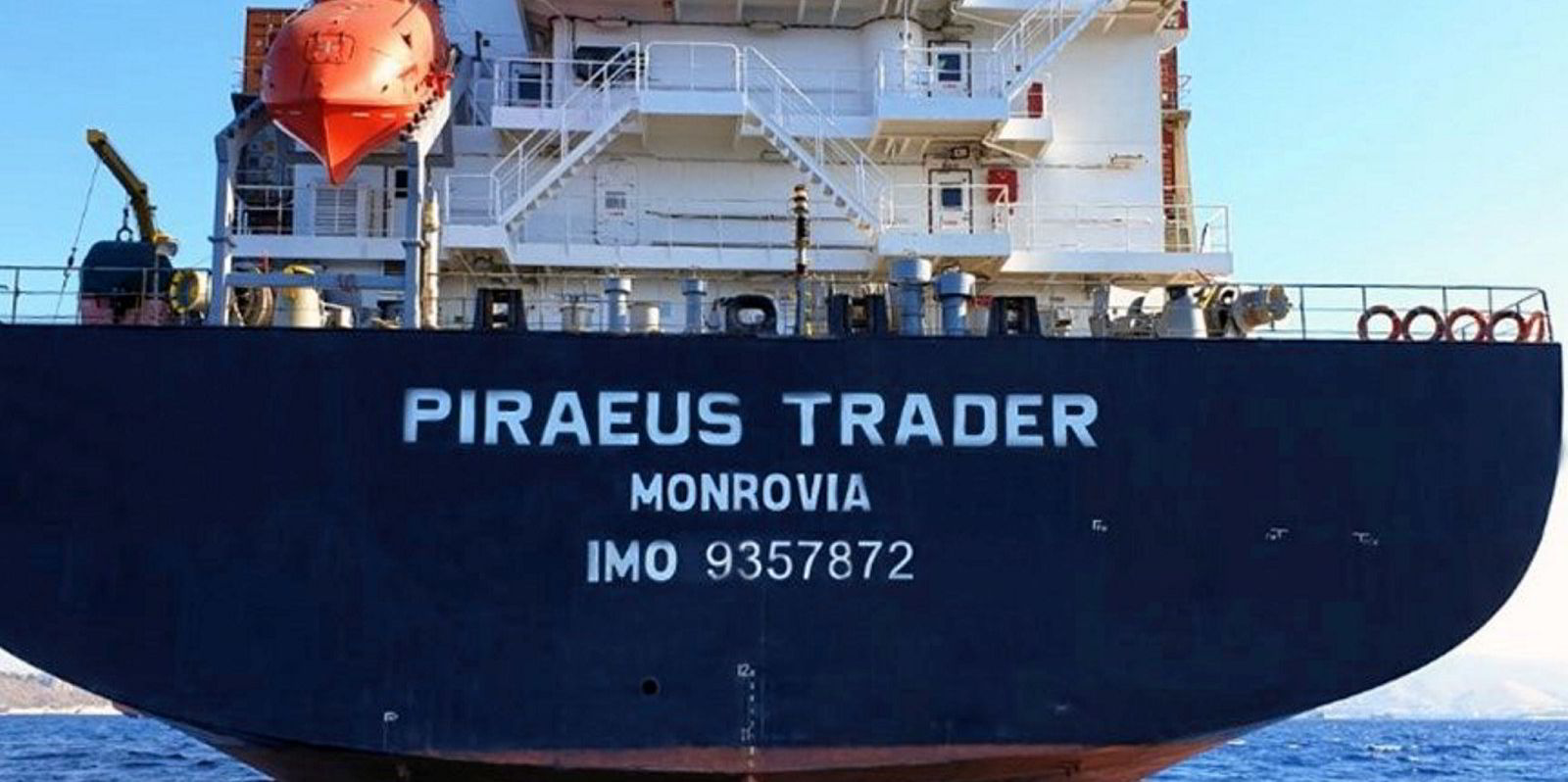Anyone with a container ship can make a profit in today's market — the art is doing so without leaving money on the table.
With charter rates easing and secondhand sales stalling, shipowners face a binary choice of either selling vessels or chartering them out for long-term periods.
So far this year, owners, banks and private-equity players have opted to hive off ships.
A record 1.4m teu — 419 ships — has been sold in the year to date, mostly at higher prices than last done, according to Clarksons Research.
Lines account for about 60% of the purchases that have pushed up secondhand prices by more than 160% since the start of the year.
While tonnage providers have cashed in on the highest secondhand prices since at least October 2008.
But charter rates have eased from their record peaks in recent weeks.
Sales too have also started to dry up as fewer vessels are available.
Critical juncture
With the charter and secondhand markets at possible turning points, tonnage providers are rethinking their options.
What owners choose to do with vessels depends on perceptions of what the container market might look like in three or four years' time.
By 2023, the market will be facing pressure, even allowing for environmental legislation that may slow down older ships.
Vessels chartered for healthy periods will from 2023 onwards start to be redelivered to their owners.
That is also when the container market will start to be flooded by newbuildings. About 700 vessels with capacity of 6m teu are currently on order for delivery to liner operators, according to Braemar ACM Shipbroking.
Some 2.4m teu is scheduled for delivery in 2023, the highest volume of annual deliveries since 1.5m teu was delivered in 2015.
Correction, but then what?
Those that expect the market to self-correct say that the extent to which asset prices are likely to drop is key to the decision on whether to sell a vessel or charter it out.
Reederei Nord managing director Kurt Klemme sees it as a bet on the residual value of ships.
The Hamburg-based company recently sold one of two smaller boxships that had doubled in value since they were acquired two years ago.

The 1,774-teu Nordamstel (built 2019) is said to have fetched close to $40m.
Should secondhand values for a five-year-old, 1,700-teu vessel in 2023 remain in line with historical averages of about $15m, then owners would be better off fixing the ships, he believes.
If the values fall below that threshold, owners might perhaps have been better to sell today.
Nord has opted to hedge its bets and is holding onto the sistership Nordmaas (built 2019), which it will charter out for more than $30,000 per day.
Such charter rates are eminently achievable.
The 1,700-teu Box Endurance (built 2015) has been fixed with Israeli operator Zim for 35 to 37 months at $32,100 per day. That is enough to net Greek owner Allseas Marine about $35m over the charter, not far off current sale prices.
Newcomers bow out
Owners' choices have been simplified by the absence of newcomers fixing container ships at astronomical rates for short periods.
In recent weeks, the flurry of freight forwarders that earlier in the year had paid six-digit dollar charter rates for a fixture of a few months has dried up, in part due to ongoing congestion at US ports.
"So it will make for a more binary choice on the part of an owner either to sell or to charter for a number of years," said Braemar ACM.
Sellers, however, remain spoiled for choice this year. That includes the likes of Lomar Shipping that sold about 20 container ships and German owner Reederei Nord, which has sold around 10.
Braemar expects increasing numbers of boxship sales candidates for vessels smaller than traditional panamax size. However, there are likely to be fewer larger vessels to be sold due to tightness of supply, it added.
What the market will look like in 2023 remains uncertain, but for the moment owners look set to continue to enjoy the market.
"With the next wave of new tonnage not scheduled until 2023, we assume freight and charter market to remain bullish during 2022," Braemar writes.
"Even though the demand side is uncertain, as the path of the pandemic is unknown, at least the supply side should remain supportive to earnings up to 2023."






